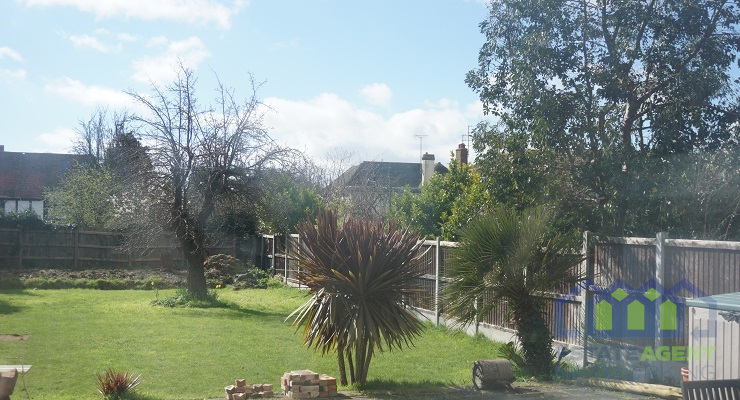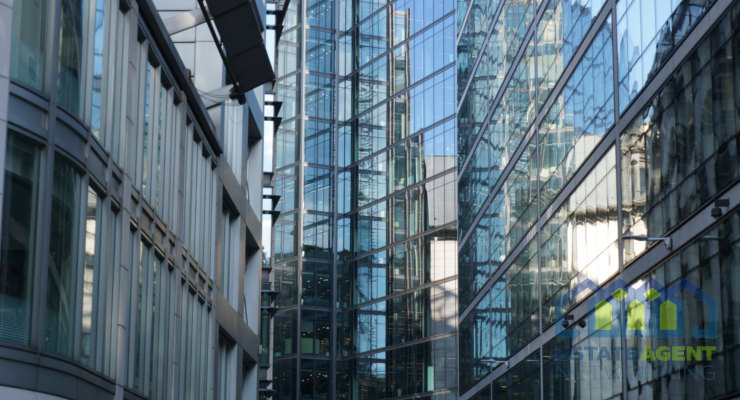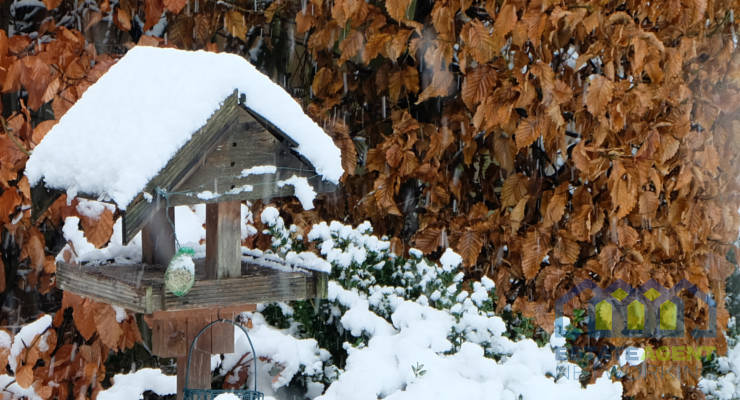Choosing the Perfect Wooden Fence for Your Backyard
Looking to transform your backyard with a beautiful wooden fence? You’re not alone. Many homeowners in Dane County find themselves overwhelmed by the sheer variety of wooden fence options available today. As a wood fence company in Dane County, Solid Fence Co. has helped countless property owners navigate these choices to find the perfect backyard solution.
Popular Wood Fence Styles for Backyards
When it comes to wooden fences, the style you choose dramatically impacts both function and aesthetics. Let’s explore some top contenders:
Privacy Fences
Privacy fences remain one of the most requested styles for backyards, and for good reason. These typically stand 6 to 8 feet tall with closely spaced boards that create a solid barrier. The board-on-board design (sometimes called “good neighbor” fencing) offers a particularly elegant solution, featuring overlapping vertical boards that create a secure and visually appealing boundary.
What’s nice about board-on-board fencing is that it looks identical from both sides-a thoughtful touch if you share property lines with neighbors. This style effectively blocks sightlines while maintaining a clean, sophisticated appearance.
Shadowbox Fences
Want something with a bit more visual interest? Shadowbox fences (another variation of board-on-board) offer a semi-private option with boards alternating on either side of the rails. This creates an interesting shadow effect while still maintaining privacy. The design allows for some airflow, making it ideal for windy areas where solid fences might face more stress.
Horizontal Wood Fences
For a more contemporary look, horizontal wood fences have surged in popularity. Instead of traditional vertical boards, the planks run horizontally, creating clean lines and a visually wider appearance. This modern aesthetic works beautifully with minimalist landscapes and can make smaller yards appear more spacious.
Picket Fences
Sometimes, you don’t need complete privacy but want to define your space with charm. Classic picket fences stand 3 to 4 feet tall with evenly spaced vertical boards.
They’re perfect for creating a decorative boundary without blocking views entirely. Variations like Cape Cod fences feature taller boards (around 4 feet) with decorative, slightly angled tops for added sophistication.
Best Wood Types for Longevity and Appearance
The type of wood you select dramatically impacts your fence’s durability, appearance, and maintenance requirements.
Western Red Cedar
Cedar remains a premium choice for wooden fences, especially in variable climates like Wisconsin’s. Its natural oils make it resistant to decay, insects, and moisture.
The warm, reddish-brown tones add natural beauty to any landscape, and they weather gracefully over time. Though it comes at a higher price point, cedar’s longevity often justifies the investment.
Pressure-Treated Wood
For budget-conscious homeowners, pressure-treated wood offers a practical solution. The treatment process infuses the wood with preservatives that resist rot, decay, and insects. While not as naturally beautiful as cedar, pressure-treated wood can be stained to enhance its appearance and will provide years of service with proper maintenance.
Douglas Fir
With its light straw color featuring hints of red and a distinctive grain pattern, Douglas fir offers natural resistance to moisture and decay. It’s a good middle-ground option that provides decent durability with attractive aesthetics.
Practical Considerations for Backyard Fences
Beyond style and materials, several practical factors should influence your decision:
Climate Adaptability
Wisconsin’s seasonal extremes demand fencing that can withstand everything from summer heat to winter snow. Board-on-board designs allow for some air movement while still providing privacy, helping fences withstand strong winds. Cedar and pressure-treated woods handle moisture fluctuations better than untreated alternatives.
Maintenance Requirements
How much time are you willing to dedicate to fence upkeep? Cedar requires minimal maintenance but benefits from occasional cleaning and sealing to preserve its natural color. Pressure-treated wood typically needs more regular attention, including staining every few years to prevent weathering.
Property Integration
Consider how your fence will complement your home’s architecture and landscape. A rustic split-rail might look out of place alongside a modern home, while a sleek horizontal fence might seem jarring next to a Victorian-style house. The experts at Solid Fence Co. can help you visualize how different styles will integrate with your specific property.
Local Regulations
Don’t forget to check local ordinances before finalizing your fence plans. Many municipalities have specific height restrictions, setback requirements, and even style guidelines, especially for front-facing fences.
Making Your Final Decision
Ultimately, the best wooden fence for your backyard depends on your specific priorities. Are you seeking maximum privacy? Prioritize board-on-board or solid privacy designs. Looking for something low-maintenance? Cedar might be worth the investment. Want a contemporary look? Consider horizontal boards.
Remember that a well-chosen fence does more than just mark boundaries-it frames your outdoor living space and contributes significantly to your property’s overall aesthetic and value. Taking time to consider all options ensures you’ll enjoy your wooden fence for many years to come.
With the right design, materials, and professional installation, your new wooden fence will transform your backyard into a more private, secure, and beautiful space for all your outdoor activities.









